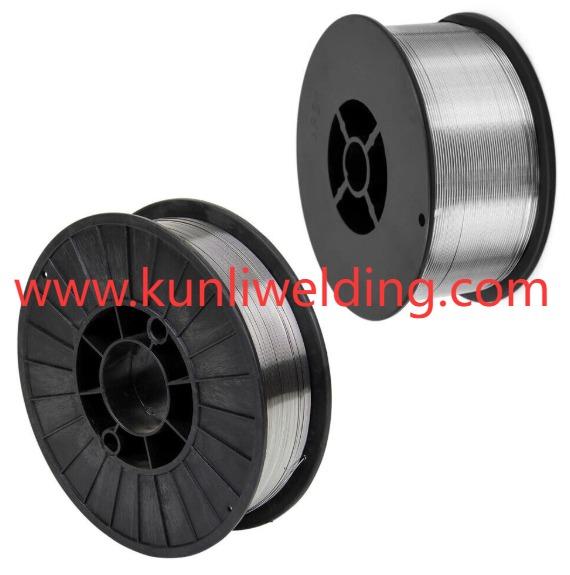-
Nieuws Feed
- EXPLORE
-
Pagina
-
Groepen
-
Blogs
-
Forums
Should Shipyards Require Packaging And Handling Notes From Kunliwelding Suppliers

Shipyards facing tighter fuel regulations and rising demand for lighter vessels are rethinking material choices on structural and outfitting work, and Aluminum Alloy Welding Wire Suppliers are playing an increasingly visible role in that shift by providing filler metals that help balance strength and corrosion resistance for marine fabrication. Choosing a supplier that couples consistent material chemistry with practical handling guidance matters when shipbuilders must keep production schedules while meeting tougher performance expectations at sea.
Why do high strength aluminum welding wires matter for modern ship construction and repair? Lightweight joints reduce vessel mass which supports fuel efficiency and lowers operating costs across a fleet. At the same time, marine environments expose welded assemblies to salt air and splash conditions that accelerate corrosion if the wrong filler is used. Fillers engineered for alloy compatibility and for durability in salty atmospheres help yards deliver hulls and superstructures that meet owner expectations for service life and maintenance windows.
How do these wires change assembly workflows on the dock? Fillers that produce stable weld pools and a predictable bead profile simplify mechanized welding and hand work alike. That predictability lets welding teams standardize parameters across repeated joints, shortening the time spent on trial and error. When suppliers publish handling notes about spool formats and feeding recommendations, integration into automated cells is smoother and fewer disruptions occur during high volume fit out runs.
What influence do supplier practices have on weld quality and on warranty exposure? Beyond alloy chemistry, packaging and surface finish affect day to day outcomes. Soft metal wire that arrives with protective sealing and consistent surface treatment feeds reliably and resists moisture pickup that otherwise leads to weld porosity. Suppliers that provide clear storage instructions and representative weld deposits reduce qualification time and help yards avoid unexpected repairs once a vessel is in service.
Why are maintenance planners and ship owners paying closer attention to filler selection now? As fleets respond to tighter environmental rules and as global trade patterns create variable port calls and operating profiles, resilient joints reduce the frequency of in service interventions. Fillers that maintain ductility and toughness under cyclic loading help welded brackets and fittings survive repeated wave and vibration loads. That lowers the chance of midlife structural repairs that can take a vessel out of service.
How should a shipyard validate a new high strength filler before wide adoption? Pilot runs that mirror real joint geometry and finishing treatments provide practical insight. Test a mix of manual and mechanized joints and route finished panels through the same surface preparation and coating steps used in production. When finishing technicians and welding leads sign off on how the weld appearance and adhesion respond, the adoption path is less risky and more predictable.
What role can supplier support play during the transition? Technical notes that cover storage, spool handling and recommended processes for common base alloys ease onboarding. When a vendor can offer sample spools matched to the yard feeders and provide troubleshooting guidance for feed issues or gas coverage, the learning curve shortens. That collaboration matters when project timelines are tight and when yards must meet delivery milestones while adapting to material changes.
How do current industry themes shape procurement choices? Greater scrutiny of supply chains and an emphasis on reducing the environmental impact of ship operations have led buyers to look for suppliers who can ensure continuity and traceability. Suppliers that maintain consistent manufacturing practices and that provide transparent handling guidance help yards align their procurement decisions with broader fleet performance goals.
If your team is evaluating wire options for marine structural work, look for suppliers that pair alloy notes with practical handling guidance and spool options that match your feeders and processes. Manufacturer product information and application guidance are useful starting points when building a qualification plan. For product listings and technical resources consult the supplier product pages at www.kunliwelding.com .
- Art
- Causes
- Crafts
- Dance
- Drinks
- Film
- Fitness
- Food
- Spellen
- Gardening
- Health
- Home
- Literature
- Music
- Networking
- Other
- Party
- Religion
- Shopping
- Sports
- Theater
- Wellness

